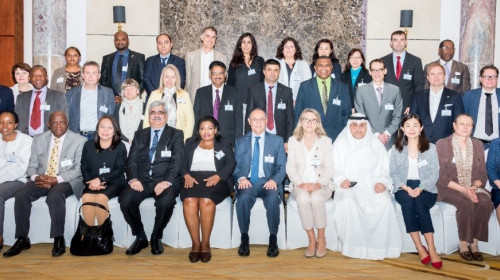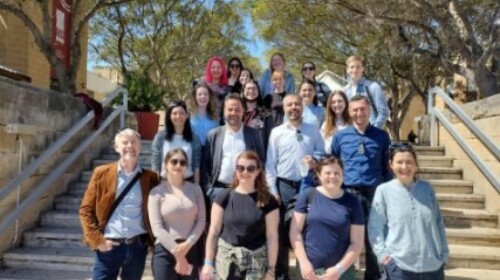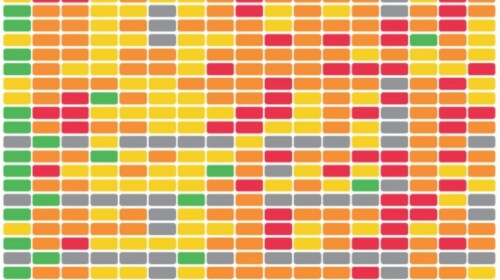In this course, we will orient you to best practices and issues in planning, gathering and sharing unbiased gender statistics so they can be used as a basis for informed decision making, policy and programme formulation and monitoring. You are on a very important journey here, because gender statistics are indispensable for assessing any country’s achievement of equal opportunity goals, and are a critical component of Africa’s strategy for future development and prosperity.
The Toolkit is structured around four modules, each of which include a final quiz. In addition, a the bottom of this course page, you will find a Resource Centre for further reading. A Certificate of Completion will be available for download to participants who successfully complete the modules and provide feedback through the evaluation questionnaire.
What you will learn:
Module 1: Introduction to Gender Statistics
· Provide examples of how gender statistics can inform national policy and legislation
· Define key gender terms and the minimum set of gender indicators
· And locate additional resources that may be helpful to you, both in the Resource Centre on the course page and online.
· Describe the importance of gender statistics and its global and African context
Module 2: Planning for Gender Statistics
· Identify gender issues
· Describe the steps to initiate an engendered statistical data gathering initiative
· Explain the importance of a producer-user dialogue
· Conduct a gender-sensitive needs analysis
· Identify gaps in existing sources, and
· Communicate the need for new data collection
Module 3: Producing Gender Statistics
· Identify ways to integrate gender perspective into the data production process
· Identify key gender issues and gender-biased language in surveys and censuses
· Provide feedback to your own office on how to bring a gender perspective to their statistical activities.
Module 4: Communicating and Using Gender Statistics as a Tool for Change
· Describe a few ways to disseminate gender statistics and explain how they address needs of different audiences
· Explain how to prepare reader-friendly tables highlighting meaningful differences and similarities between women and men
· Determine which charts are best suited to illustrate different types of data
· Make policy recommendations based on analysis of data
Feedback and Certification
After successfully complete each of the four modules (with a score of 70% or above on the final quizzes).
Related

Microlearning
Blog
Offered by:
Yongyi Min (Chief of SDG Monitoring Section, United Nations Statistics Division)
SDG: 2030 Agenda, SDG 17, SDG 17: Systemic Issues

Developing data skills amongst non-specialists
Microlearning
Blog
Offered by:
Dr. Rachel Bennett (Senior Lecturer in Human Geography, University of Gloucestershire, UK)
SDG: SDG 17, SDG 17: Capacity-building, SDG 17: Systemic Issues

Policy cycle, integrated approaches and SDGs for African LDCs
Resource
Interactive learning package
Offered by:
UNITAR
SDG: Breaking the silos, Leave no one behind, SDG 17, SDG 17: Systemic Issues

SDG: Leave no one behind, SDG 17, SDG 17: Systemic Issues

SDG: 2030 Agenda, SDG 17, SDG 17: Systemic Issues

Stakeholder Engagement and the 2030 Agenda: A Practical Guide
Resource
Document
Offered by:
UNITAR, UN DESA
SDG: Leave no one behind, SDG 17, SDG 17: Systemic Issues

